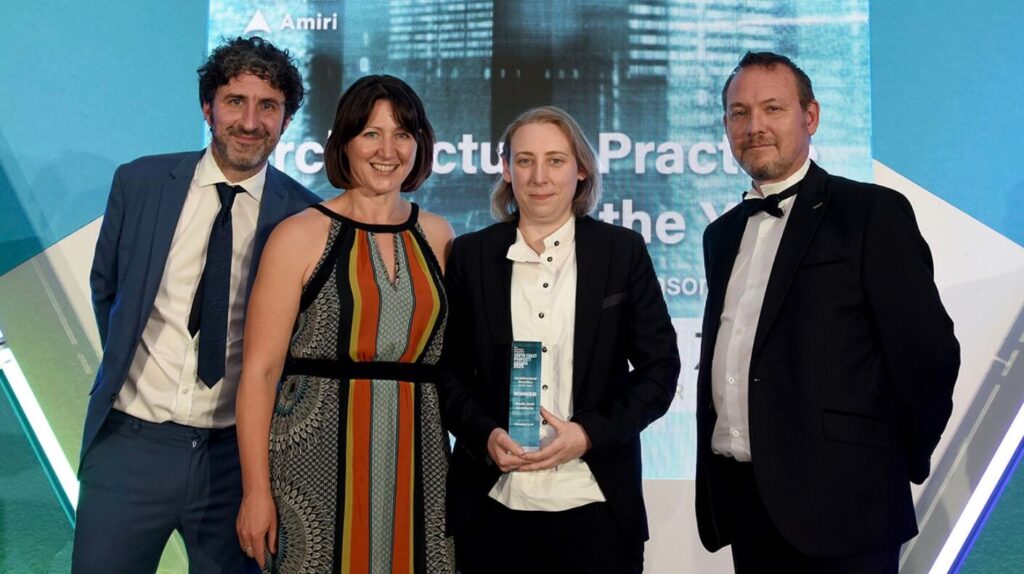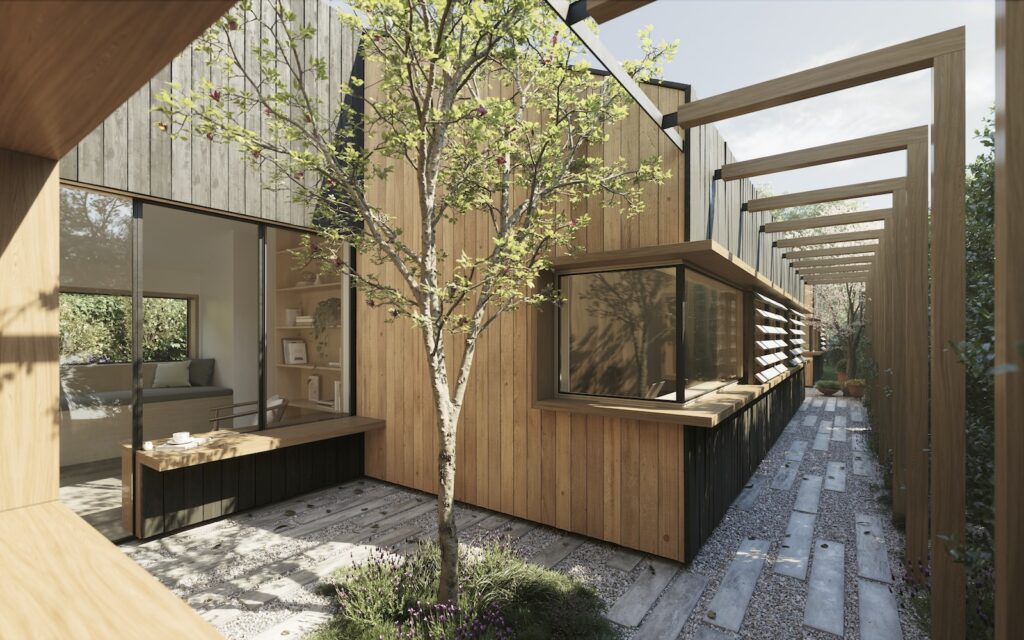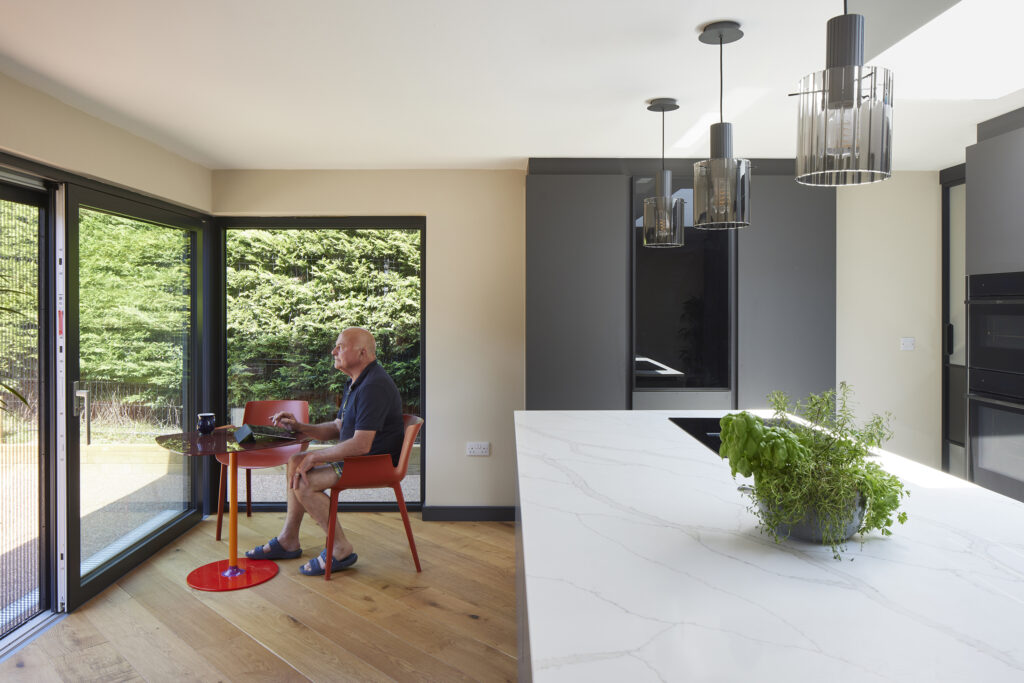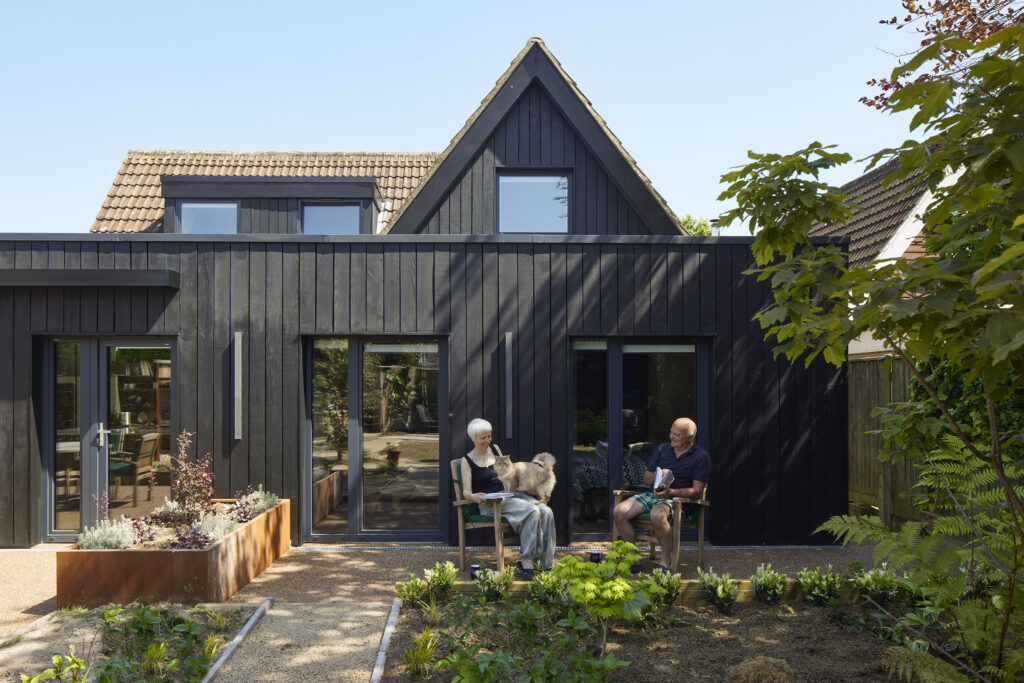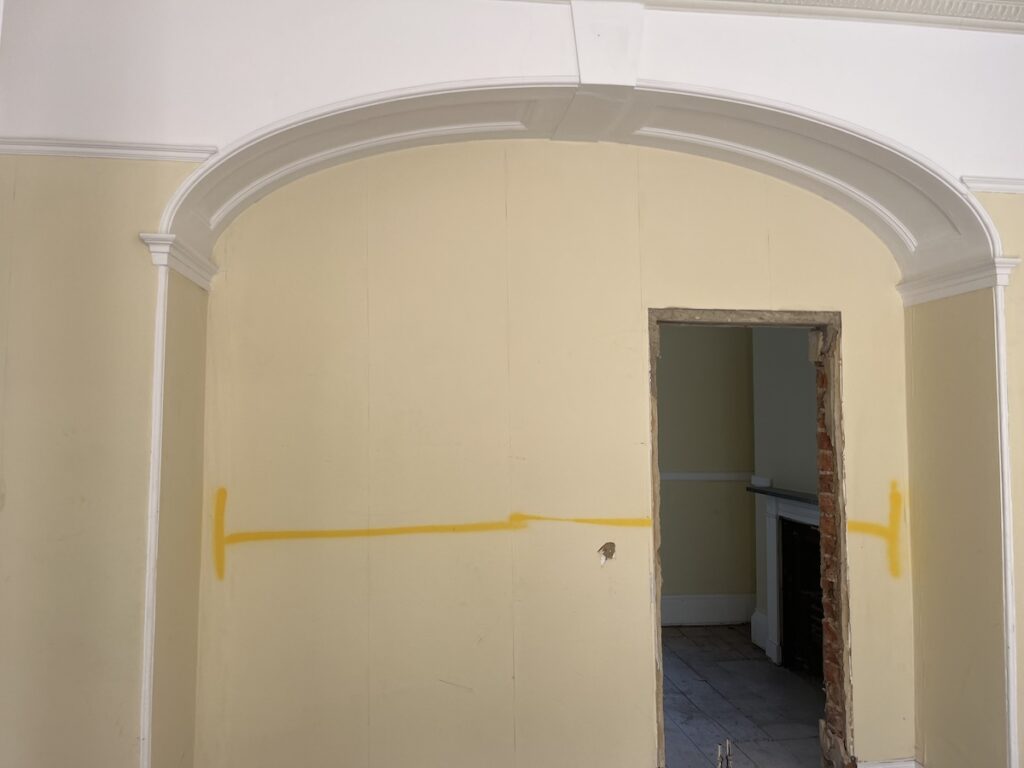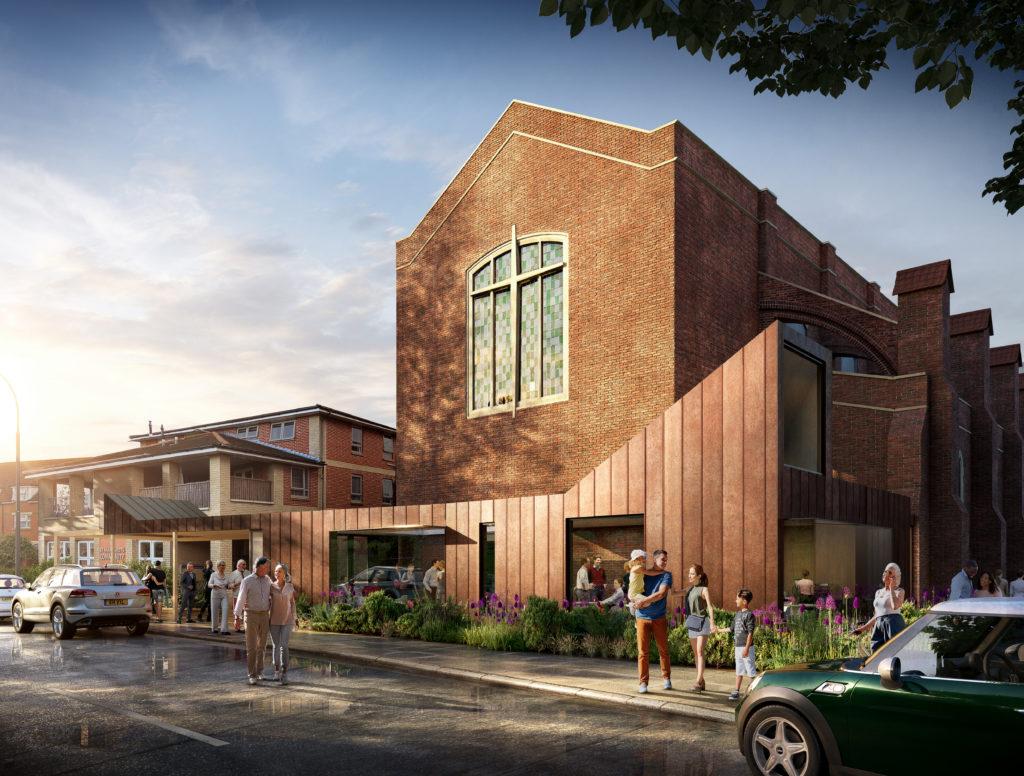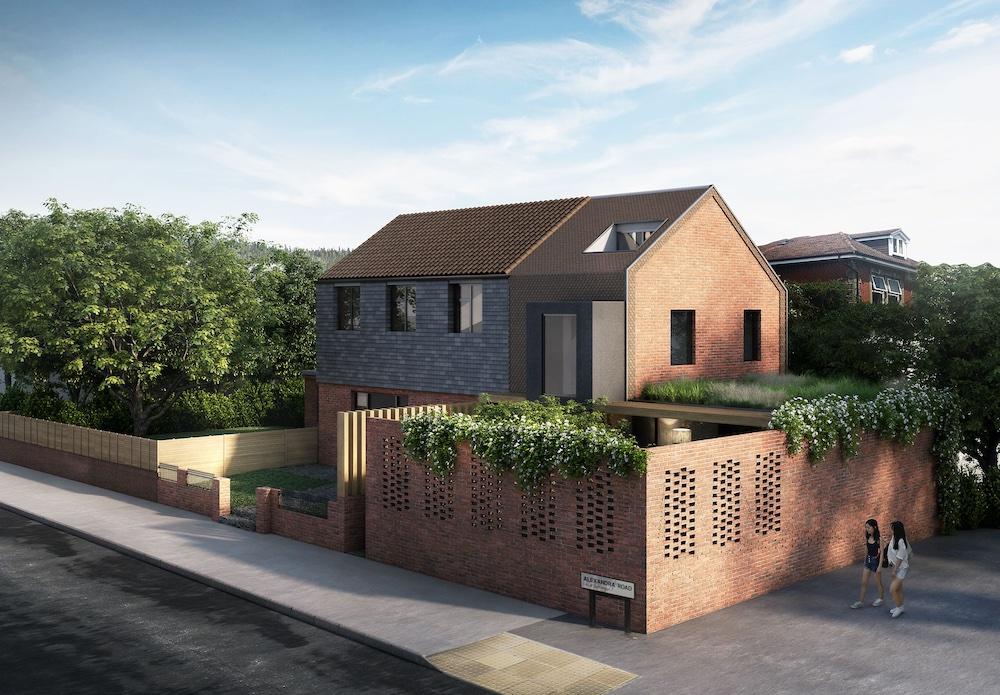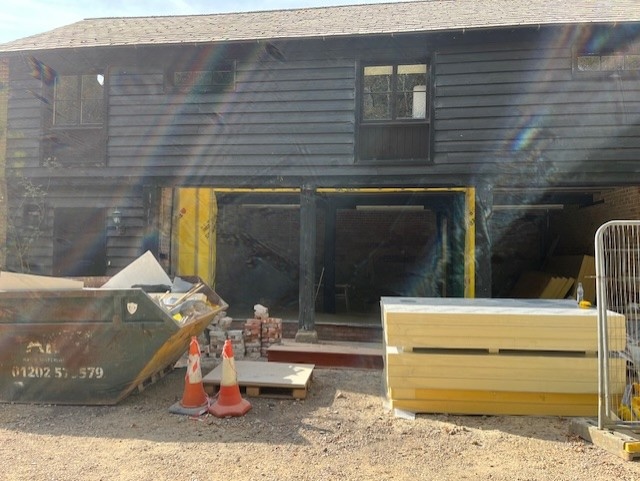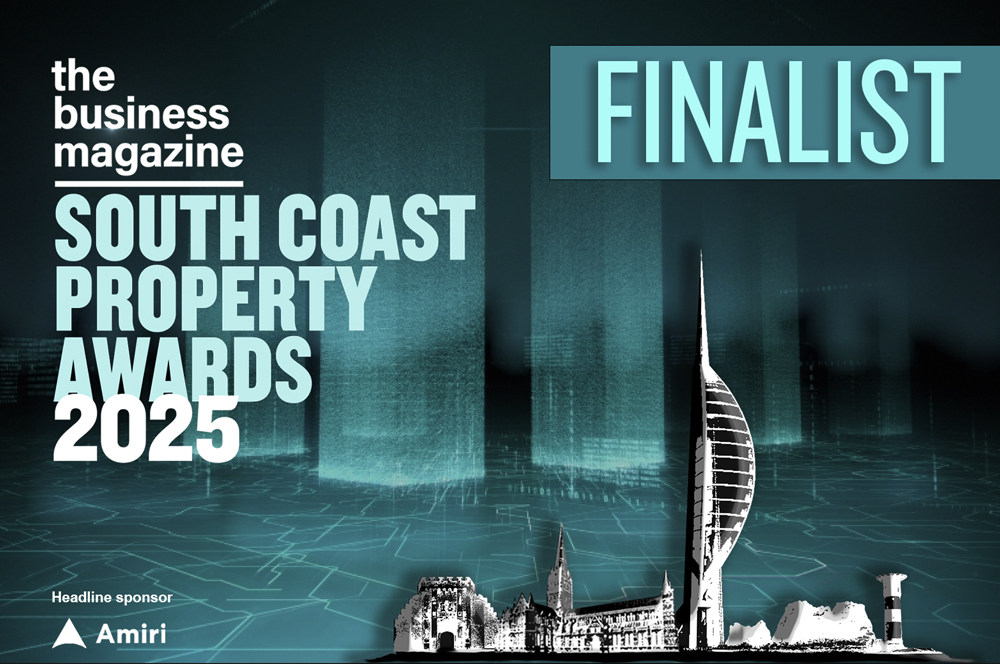There was a lot to celebrate this past month, getting an industry award win and our Courtyard House breaking ground onsite in the New Forest. We have also shared a recent article, where we discuss what ‘future proofing’ really means in design. To make sure you don’t miss out on future practice news, sign up to our mailing list here.
Award Celebration
We are absolutely thrilled to have won Architectural Practice of the Year at The Business Magazine South Coast Property Awards.
In the words of the judges, we were chosen“for (our) excellence in community engagement, regional contribution, andenvironmental integration. The ‘listen first’ approach, adaptive designs, andcommitment to reusing existing structures set a benchmark for sustainable,community-focused architecture rooted in local identity and long-term impact”. Read more here.
Groundbreaking in the New Forest
We celebrate the groundbreaking at the Courtyard House, a new build contemporary home located in Burley in the heart of the New Forest.
Due to issues around retrofitting the previous property, as it was so poorly constructed and not at all energy efficient, it was decided to replace the building with a modern home designed around a series of courtyards – full project details here.
Future Proofing in Design
The term ‘future proofing’ is often used when describing the design of a house, or adaptations that have been made to a property, but do you know what it really means and who it intends to benefit?
In a recent article we answer some FAQ’s and explain why future proofing your home is important and apprropriate for everyone, read them here.
To make sure you don’t miss out on future practice news, sign up to our mailing list here.
